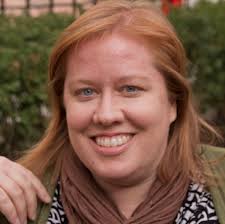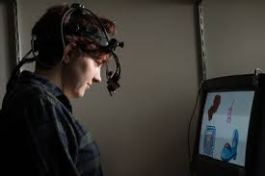When attending a large university like Ohio State, sometimes it can difficult to stand out in a program. As linguistics students, part of our job has been done for us, as the size of the linguistics department doesn’t really compare to, say, the biology department. However, here are some tips that all students should keep in mind if they’re interested in making the most of their time as an undergrad and making a great impression.
Join the UnderLings
This is really the easiest thing you can do, since there are no requirements for joining the club; you can participate as much or as little as you like, depending on how demanding your schedule is. But the club presents its own face to the outside world, which allows it the control to place an emphasis on individual contribution. This allows grad schools, potential faculty recommenders, fellowship and scholarship boards, and potential employers to see your name attached to your contributions and note you as an active member of the OSU linguistic community. You can achieve this by thinking of projects the UnderLings can get involved in or writing regular blog posts.
Join All the Mailing Lists That Interest You
There are many mailing lists that cover news in different departments of the university. In the linguistics department alone, there are 38 different mailing lists for graduate and undergraduate students. These mailing lists can be found here: http://mail.ling.ohio-state.edu/cgi-bin/mailman/listinfo.
However, there are some mailing lists that aren’t connected directly with the linguistic department. The Buckeye Language Network and the Undergraduate Research Office are two examples. Read these emails and be sure to attend any of the events you find interesting. Not only are these events excellent learning opportunities, but they’re also vital networking opportunities. You may learn about internships, funding opportunities, and research opportunities that are not otherwise advertised.
Join the Linguistics Discussion Groups That Match Your Interests
The linguistics department hosts graduate-level discussion groups centered around specific subjects in linguistics. As a freshman, sophomore, or even a junior, these discussion groups can often go over your head. However, by listening to these advanced talks, you will be learning snippets of a higher level of thinking, and therefore preparing your mind for upper-level classes and the rigor of academic presentations. From personal experience, I found that joining these groups by junior year helped immensely with my senior-level classes. In addition, you’ll also be learning about the directions your field is heading in and networking with both faculty and grad students.
Start Planning an Independent Study
It’s really never too early to begin thinking about a possible independent study project, especially if you plan on going for a scholarship or grad school. Doing research is a dramatic way to set yourself apart from other applicants. Ohio State is more than happy to fund undergraduate research projects; in fact, there’s an entire office dedicated to helping undergrads with the research process. http://www.undergraduateresearch.osu.edu/. Start a document on your computer and every time you come up with an idea for a good research question in one of your classes, add it to the list.
Go to Office Hours
I’m not saying that you should attend every day, but at least a couple times a semester. The faculty are there to help you succeed whether it be at homework, research projects, grad school choices, or your career track. By attending office hours, teachers have the opportunity to get to know you on a one-to-one basis. They can then be more qualified to write recommendation letters or steer you towards career options you might not yet know about. Additionally, most internships are snapped up before they have the chance to be advertised. By asking your professors about internship opportunities directly, you may be matched with an unadvertised research project that better matches your own research goals.
Nichole Ashley
Underlings President
The Ohio State University








